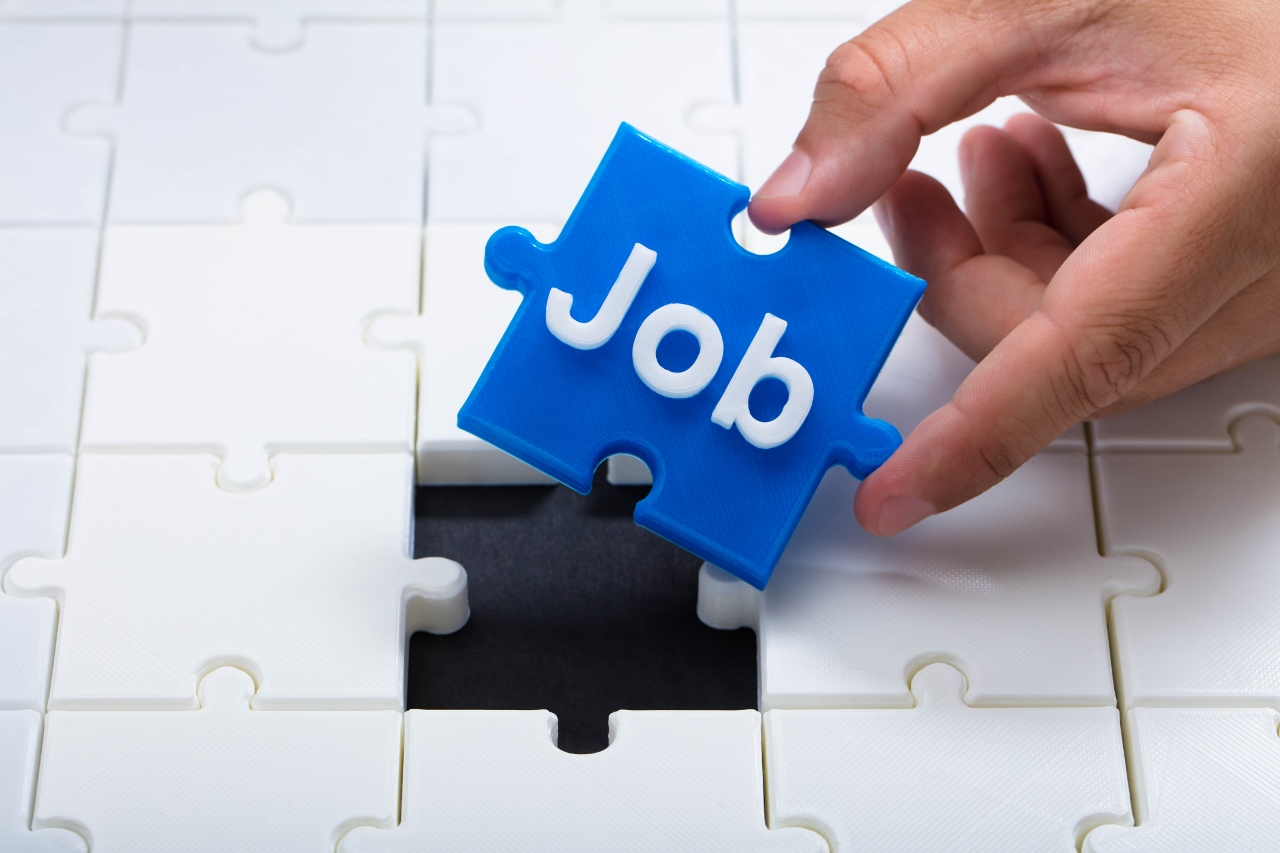
Your expressions can say a lot during meetings
Managing your facial expressions while listening in meetings is important. A serious-but-casual face shows you’re paying attention; a tired, bored face means you can’t wait for the meeting to end.
“I have the worst poker face, according to my coworkers,” says Jerry Mendez, a 28-year-old paralegal who lives in Chicago. “The problem is that now that I’m aware of it, I try to adjust and I come across looking worse. Someone told me I look like I’m always holding my breath.”
Mendez says he knows how he presents himself is important, but he can’t get it right during meetings, especially those that are held in-person. “When I’m home on a Teams call or something, I can fake it because I’m usually reading something off-screen or I’m standing, so I can keep myself occupied that way,” Mendez says. “When I’m sitting next to someone or across from someone, it can be a real challenge.”
Here are some tips on managing your facial expressions during meetings:
Relax: Stay calm and composed and keep your face relaxed without showing tension. Avoid furrowing your brows or tightening your jaw, as these can signal frustration or confusion. Use a slight smile if you want but nothing creepy. Instead, try something more natural. You want to look like you’re engaged in the conversation without looking like you’re trying too hard.
React: Go ahead and give an occasional nod. Nodding your head slightly occasionally signals that you’re paying attention and taking in what’s being said. You can also tilt your head to one side to show you’re engaged but you shouldn’t look like you’re a dog suddenly intrigued by a high-pitched noise.
Connect: Make eye contact with the speaker to show you’re paying attention. Just don’t stare or use an intense superhero gaze. You don’t want to make anyone uncomfortable.
Glance: When in a group meeting, shift your gaze slightly to other participants while remaining focused. This shows you’re engaged with the broader discussion. If you pass the time daydreaming about your high school prom, make sure your eyes aren’t glazed over so occasionally look around.
Control: Don’t offer surprise reactions if you’re jolted by something you haven’t heard before or something that makes you angry. Instead, try to keep your facial expression neutral. Changes in expression, like opening your eyes wider, may reveal too much of your reaction. Don’t sigh or roll your eyes, even if you disagree.
Smile: Go ahead and offer a quick smile when someone says something positive or funny. If someone says something you agree with, a quick smile shows you’re tuned into the conversation.
Chill: Don’t fidget or move around in your chair. No lip-biting, excessive eye-rubbing or face-touching. Remember that your reactions – even the subtle ones – can indicate you’re nervous, angry or disengaged.
Match: Your face and your body language should reflect the speaker’s energy. Serious discussions call for a focused and thoughtful expression while casual talk means a relaxed face and a friendly expression is appropriate./Tribune News Service


